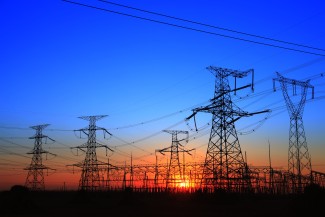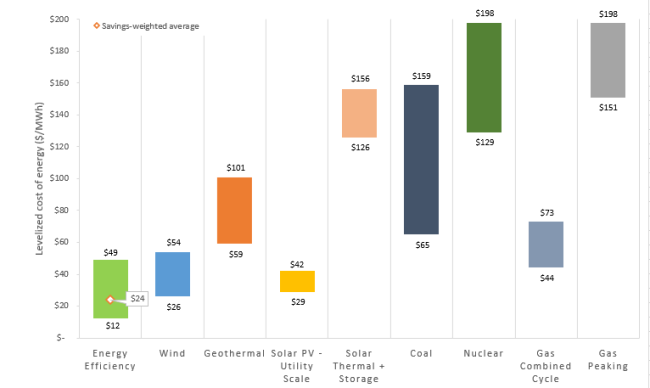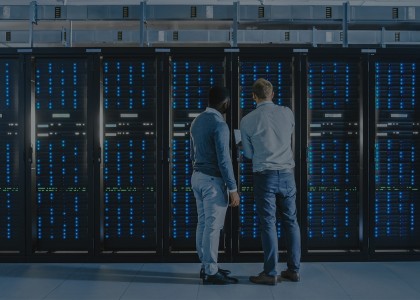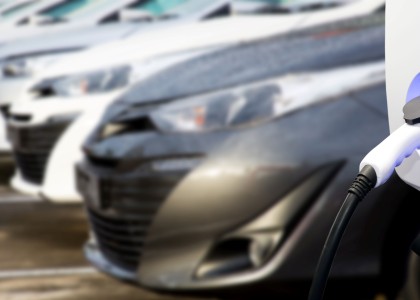Utility decisions about how to meet their customers’ power needs can have far-reaching consequences. At a time when the Biden administration aims to halve greenhouse gas emissions by 2030, utilities in Ohio, Pennsylvania, Texas, and other states are set to switch on more than 6.6 GW of new natural gas power plants this year that will generate heat-trapping emissions for decades to come.
What if there were an alternative? A new ACEEE policy brief, published today, shows that utilities needing to meet increased electric demand or replace old power plants could often save costs by investing in energy efficiency improvements in the homes and businesses they serve, rather than building new plants. In fact, these energy efficiency measures should be the first option utilities consider to provide low-cost energy solutions.
Our new research, based on data from 48 of the largest electric utilities in the United States, shows that the cheapest kilowatt-hour is frequently the one not used. We looked at the levelized cost of efficiency programs—the up-front cost of incentivizing efficiency improvements in homes and businesses, divided across the total number of years the efficiency upgrades will last. This allowed us to see how these programs compare in price, on a watt-for-watt basis, with different options for generating energy.
Source data: ACEEE Utility Scorecard 2020, Lazard 2020.
Our analysis found that energy efficiency, with an average cost of just $24 per saved megawatt-hour, is still one of the least-cost options for a utility looking to meet its resource needs. And thanks to the falling costs of renewable energy sources such as wind and solar, utilities in today’s power grid system have a wide variety of carbon-free alternatives to building new fossil fuel plants. In fact, energy efficiency’s low cost makes it so that other carbon-free resources, including renewable energy and energy storage, are more competitive with the costs of most new power plants when optimized with efficiency and demand flexibility in a portfolio of assets. This makes a transition to a decarbonized power grid more straightforward than ever before.
So, why are utilities continuing to propose new fossil fuel plants? The answer to that is complicated, but there is a simple reason why many utilities don’t think of efficiency first when it comes to meeting their customer’s energy needs. Under the traditional utility business model, investor-owned utilities are incentivized to make money by increasing sales and building new power plants. Without reform, this means that utilities lose profits if they invest in efficiency for their customers. Utilities will need to modernize their role in the power grid system to take full advantage of the benefits these distributed energy resources (DERs) can provide. The benefits that efficiency and other DERs include reducing pollution, improving system reliability, and delivering more affordable power and equity of access for disadvantaged groups, especially households facing high energy burdens.
Some states are already taking steps toward this goal by reforming the utility business model to encourage investor-owned utilities to invest in energy efficiency and setting Energy Efficiency Resource Standard (EERS) targets to achieve minimum levels of energy efficiency savings. But across 50 states, this approach is far from consistent. Leadership from state public utility commissions and legislatures is vital to make sure that utilities are making the right kinds of decisions that align with climate-forward goals.
The true value of efficiency
Although knowing the cost of saving energy is useful as a point of comparison with power plants and other supply-side resources, on its own it does not fully illustrate the value that efficiency brings. A saved kilowatt-hour also comes with additional non-energy benefits, like avoiding environmental costs from fossil fueled power plants, improving indoor air quality and health, creating local jobs and stimulating economic growth, boosting system reliability and resilience in the face of severe weather, and more. These many benefits are why state commissions need robust cost-effectiveness testing that accounts for non-energy factors to get a complete picture of efficiency that looks beyond just dollars and cents.
As utilities across the country create plans to address climate change, scaling up energy efficiency through policies like EERS and utility business model reform will be crucial for providing every household, business, and industry in America with affordable, clean power.





